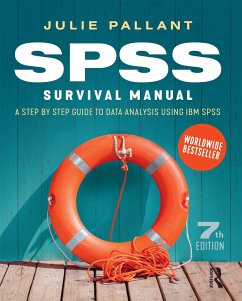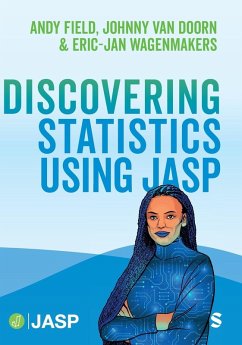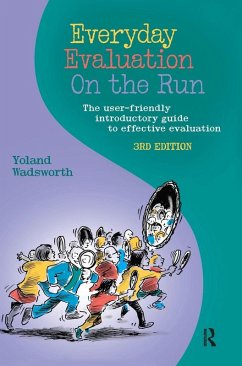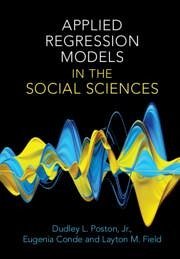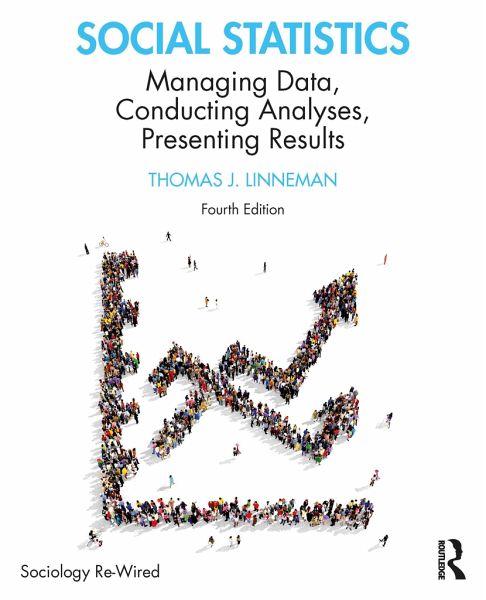
Social Statistics
Managing Data, Conducting Analyses, Presenting Results
Versandkostenfrei!
Versandfertig in 1-2 Wochen
169,99 €
inkl. MwSt.

PAYBACK Punkte
85 °P sammeln!
This new edition covers the contemporary statistical techniques that students will encounter in the world of social research at an introductory level. Recurrent examples using four timely topics - health, immigration, income inequality, and everyday harassment - help students understand how these techniques.



